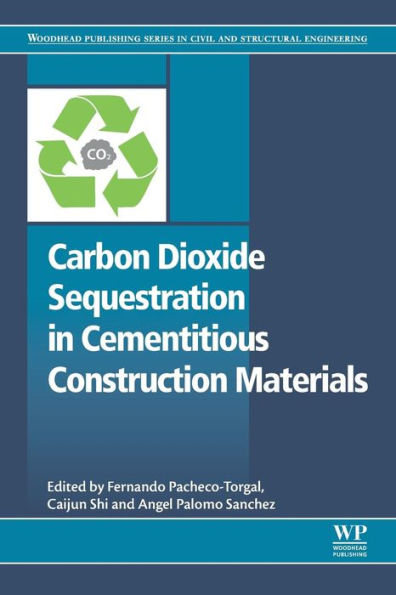5
1
9780081024447



Carbon Dioxide Sequestration in Cementitious Construction Materials available in Paperback, eBook

Carbon Dioxide Sequestration in Cementitious Construction Materials
- ISBN-10:
- 0081024444
- ISBN-13:
- 9780081024447
- Pub. Date:
- 05/22/2018
- Publisher:
- Elsevier Science
- ISBN-10:
- 0081024444
- ISBN-13:
- 9780081024447
- Pub. Date:
- 05/22/2018
- Publisher:
- Elsevier Science

Carbon Dioxide Sequestration in Cementitious Construction Materials
$265.0
Current price is , Original price is $265.0. You
265.0
In Stock

Product Details
| ISBN-13: | 9780081024447 |
|---|---|
| Publisher: | Elsevier Science |
| Publication date: | 05/22/2018 |
| Series: | Woodhead Publishing Series in Civil and Structural Engineering |
| Pages: | 474 |
| Product dimensions: | 6.00(w) x 9.00(h) x (d) |
About the Author
What People are Saying About This
From the B&N Reads Blog
